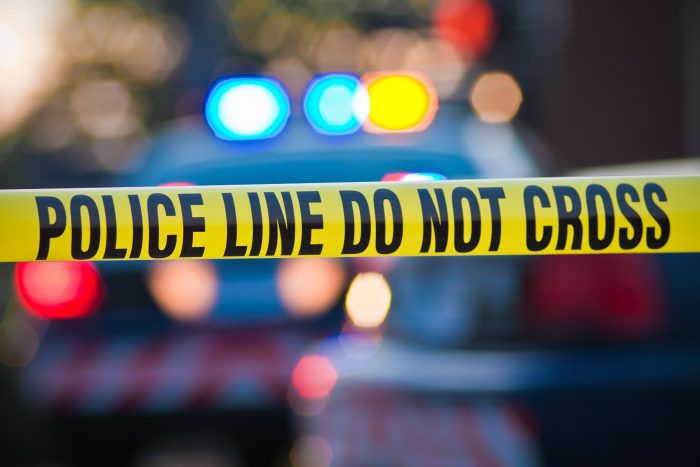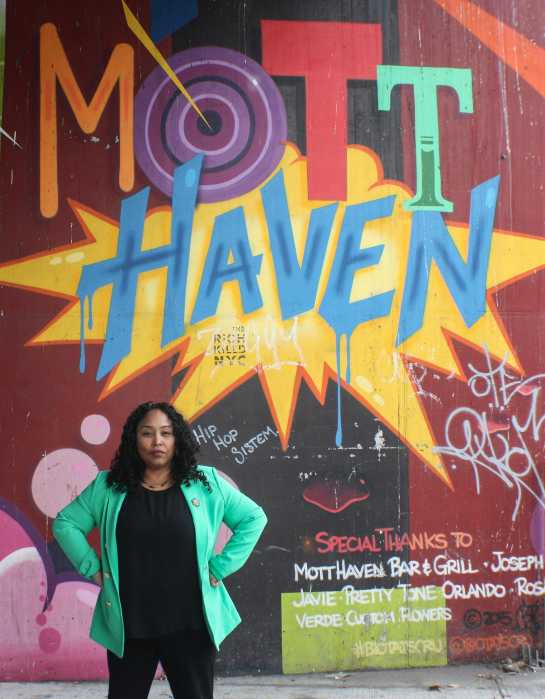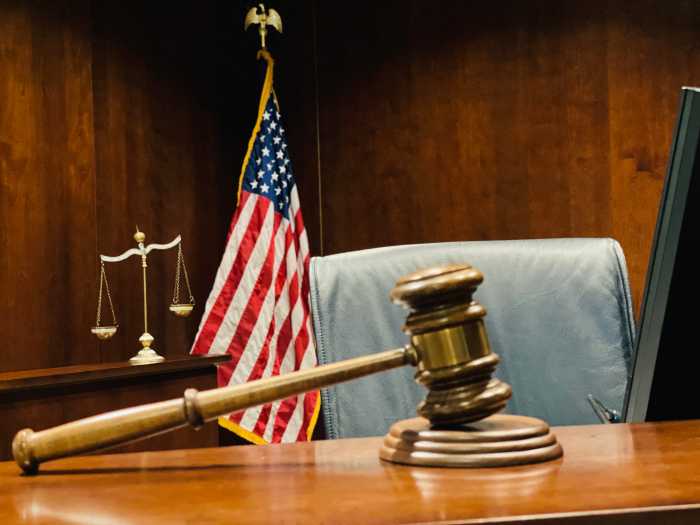When he built the Brooklyn-Queens Expressway during the 1950s, master planner Robert Moses stitched the highway together using existing roadways in Brooklyn and Queens, and fresh roads carved through entire neighborhoods crowded with people.
The original Kosciuszko Bridge across the Newtown Creek, opened in 1939, was incorporated into the BQE — as was the triple cantilever promenade on the Brooklyn Heights waterfront.
These fixtures were never intended to handle the volume of traffic that the BQE would take on from its opening — and they suffered mightily from the wear and tear. The state rebuilt the Kosciuszko Bridge in a process that took decades to complete.
Now the city’s marching forth with a plan to replace the triple cantilever in Brooklyn Heights. It’s covered in rust and has spots where concrete has eroded to the point where the metal rebars are completely exposed.
The city must now pay for yet another sin of Robert Moses. Whatever project is selected will cost the city a fortune — and plenty of inconvenience for the rest of us.
Two options seem to be favored in a City Council report released Monday. One involves burying a smaller version of the BQE below an expanded Brooklyn Bridge Park. It’s certainly the most aesthetically pleasing of all options and, at a projected $3.2 billion cost, one with a lesser impact on the city’s bottom line.
The other proposal involves digging a bypass tunnel under the streets and homes of Brooklyn, just like the “Big Dig” that buried an entire expressway through downtown Boston. That plan would cost at least $11 billion.
It took decades just to complete the first phase of the Second Avenue Subway in Manhattan, and it will take decades more to expand that line both uptown and downtown. With that in mind, it seems nonsensical to consider a BQE bypass tunnel as a feasible option.
We think the first option, burying the BQE below a public park, makes the most sense. It puts the highway out of sight and out of mind, and reopens the Brooklyn Heights waterfront to new uses benefiting the community.
But it will cost plenty of money and time to make this happen. It’s the penance we all share in to remedy Moses’ misguided, mid-20th century, vehicle-centric vision that tore communities apart for the sake of the automobile.






































